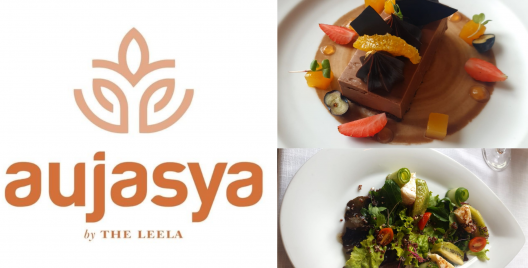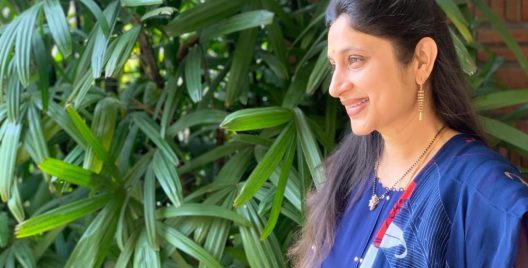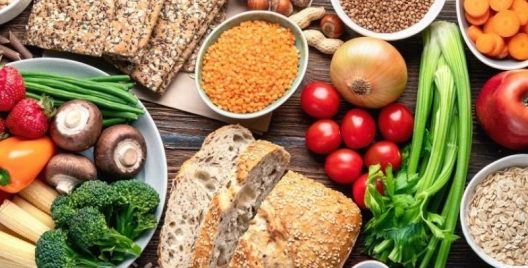As you are aware, food always tastes better when properly seasoned. Initially, spices and herbs consisted of flower buds, tree barks, seeds, leaves and many other parts of a plant; however, over the years, the definitions for spices and herbs have changed a bit. In the past, spices have been cataloged as fragrant and aromatic plant products like cinnamon, cloves, ginger and pepper. These spices are found in plants grown in tropical regions of the world; whilst herbs have always been distinguished as the greener, leafy products like mint, rosemary and thyme grew in more temperate areas. Today, spices have become known as ‘any dried plant product used primarily for seasoning purposes’. No matter the definition, these ingredients infuse myriad flavors to your meals and also help your dishes taste better. It is time to impress your friends, family, and co-workers with your gourmet cooking!

Bay Leaf
Flavor: Woodsy and pungent smell.
Uses: Seasoning meat, pickling, sauces, soups, stews, and vegetables.
Bay Leaves come from the sweet bay or laurel tree, known botanically as Laurus nobilis. The elliptical leaves of both trees are green, glossy, and grow up to 3 inches long. Bay Leaves are pungent and have a sharp, bitter taste; hence it is best to remove the leaves before consuming a dish that has been cooked. The whole leaves are used to impart flavor only and are bitter and hard to chew.

Cinnamon
Flavour: Spicy taste and sharp flavor.
Uses: Sweets, hot drinks, and vegetable squash.
Cinnamon has a sweet, woody fragrance in both ground and stick forms. It is the dried bark of various laurel trees in the cinnamomun family. Ground cinnamon is perhaps the most common baking spice. Cinnamon sticks are made from long pieces of bark that are rolled, pressed, and dried. Cinnamon can be used sparingly in all your recipes for its taste and aroma.














